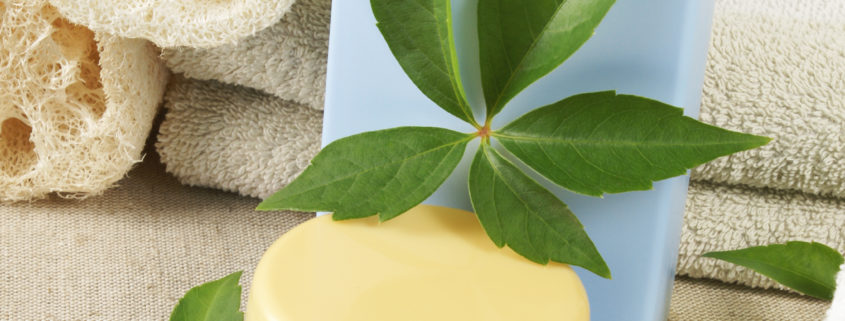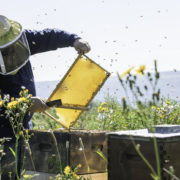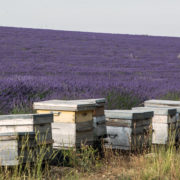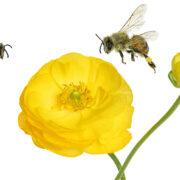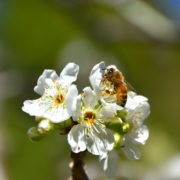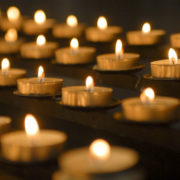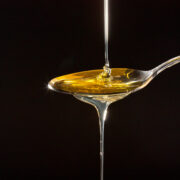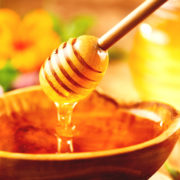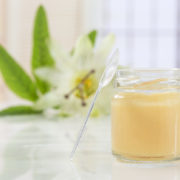Beekeeping And Cosmetics
When most beekeepers think about the joys of beekeeping they immediately think of the benefits of having their own supply of honey. But homemade honey is just one of the many bee products readily available to a beekeeper. Bees are the producers not only of honey, but beeswax, bee pollen, royal jelly, and bee venom; all ingredients for natural cosmetics.
As a beekeeper you may not realize that you have first-hand access to some of the key ingredients of many popular and trendy cosmetics, such as lip balms, hand balms, soaps, lotions and face masks. What’s more, some of these basic cosmetics are surprisingly easy to make. For example, basic lip balm consists of little more than melted beeswax, coconut or olive oil (or sometimes shea butter) and essential oils (also optional). Lotions and soaps are basically made from the same formula, but often also include honey, another product which a beekeeper has no problem obtaining. Many basic recipes for beeswax lip balms, lotions and soaps can be found on the Internet.
The use of beeswax in cosmetics dates all the way back to Ancient Egypt, where Egyptologists have uncovered evidence of beekeeping activity as long as 8 thousand years ago! Ancient Egyptians used beeswax-based setting lotion. In Ancient China, beeswax was a key component of fingernail polish as long ago as 3,000 B.C.E.
Wildflower Meadows would like to thank all of our friends and customers for a successful 2019.
We wish you all a happy and joyous holiday season!

